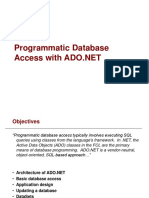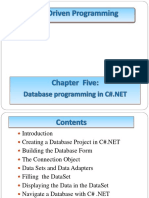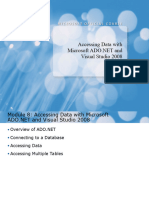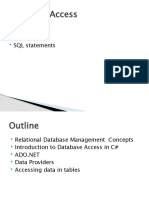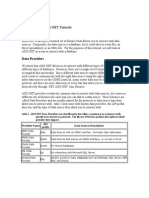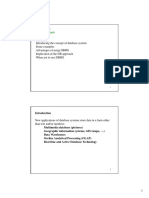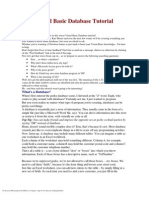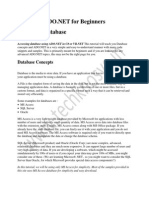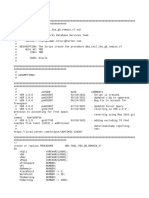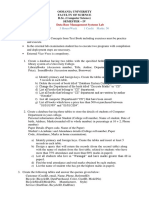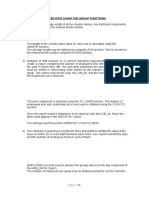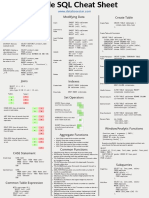0% found this document useful (0 votes)
134 views34 pagesLecture 10: Database Lisa (Ling) Liu: C# Programming in Depth
This document provides a summary of lecture 10 on databases from a C# programming course. It discusses database management systems and the relational database approach. It introduces concepts like tables, rows, columns, primary keys, and foreign key constraints. It also summarizes how to interact with databases using ADO.NET and provides an overview of connecting to a database, executing queries, and processing results.
Uploaded by
Anurag SuperTramp SharmaCopyright
© Attribution Non-Commercial (BY-NC)
We take content rights seriously. If you suspect this is your content, claim it here.
Available Formats
Download as PDF, TXT or read online on Scribd
0% found this document useful (0 votes)
134 views34 pagesLecture 10: Database Lisa (Ling) Liu: C# Programming in Depth
This document provides a summary of lecture 10 on databases from a C# programming course. It discusses database management systems and the relational database approach. It introduces concepts like tables, rows, columns, primary keys, and foreign key constraints. It also summarizes how to interact with databases using ADO.NET and provides an overview of connecting to a database, executing queries, and processing results.
Uploaded by
Anurag SuperTramp SharmaCopyright
© Attribution Non-Commercial (BY-NC)
We take content rights seriously. If you suspect this is your content, claim it here.
Available Formats
Download as PDF, TXT or read online on Scribd
/ 34
